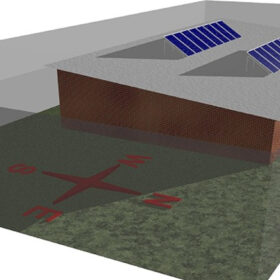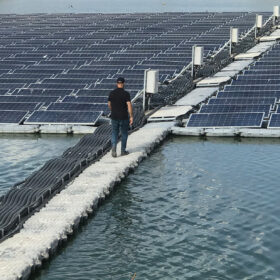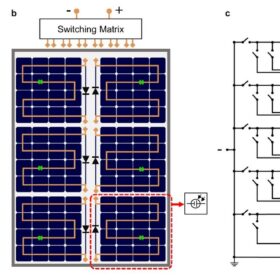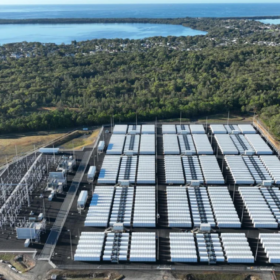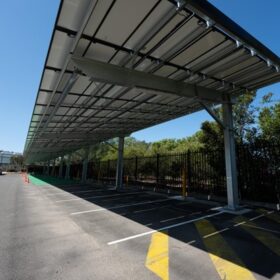Florence machine resumes tunnelling on Snowy 2.0 pumped hydro project
Tunnelling has restarted on a troubled section of the largest renewable energy project under construction in Australia after the New South Wales government issued new environmental approvals to Snowy Hydro.
Telstra adds new solar farm to renewable energy commitment
Australia’s largest telecommunications provider, Telstra, is a step closer to its goal of enabling renewable energy generation equivalent to 100% of its consumption by 2025 after inking a new 153 GWh solar offtake agreement with Global Power Generation.
Bifacial PV on rooftops can provide energy yield gains of up to 22.6%
Scientists in Australia have combined Monte Carlo Ray Trace (MCRT) techniques and electrical modelling to assess the potential energy gains of bifacial rooftop PV systems compared to monofacial arrays. They found that rooftop reflectivity is a key factor in increasing a bifacial PV system performance, and that system and module design should also be carefully considered.
Canadian Solar launches new grid-scale battery
Canadian Solar says its new SolBank 3.0 grid-scale battery supports up to 2.35 MW/5 MWh of grid-scale renewable energy storage and dispatch.
Renewable partnership to see 1 GW of projects added to WA’s main grid
Australian clean energy outfit Atmos Renewables is partnering with UK-based Nomad Energy to help develop a renewable energy project pipeline with over 1 GW of capacity in Western Australia by 2030.
Black Summer wildfires impaired solar output, caused financial losses up to $29 million, researchers find
Smoke from wildfires significantly effects solar output, researchers from UNSW have found. Specifically, Australia’s Black Summer in 2019 – 2020 caused energy losses from residential and utility PV systems estimated between 175 to 35 GWh, equating to a worst-case financial loss of around $6.1 to $29 million.
Wollongong startup inks deal with local miner to examine deploying gravity storage in 8 disused mine shafts
Startup Green Gravity has signed a deal with mining company Wollongong Resources to study the application of gravitational energy storage technology at up to eight mining sites in New South Wales.
Australian firm developing 700 MW floating solar, 1.5 GWh battery, in Sri Lanka supported by government PPA
Victorian company United Solar Group, which is developing a floating 700 MW solar and 1.5 GWh battery project at the Poonakary Lake in Kilinochchi, Sri Lanka, has had a Power Purchase Agreement approved by the Sri Lankan cabinet.
New tool to detect faults in inverters released by PI Berlin
PI Berlin has developed a new tool to detect problems in inverters such as defective printed circuit boards, faulty switching algorithms, and deficiencies in components and sensors.
Reconfigurable series-parallel photovoltaic modules with high shading tolerance
TU Deflt researchers made a first attempt to validate reconfigurable solar modules using prototypes in outdoor tests. The panels consist of two or more blocks of solar cells that are connected to a switching matrix and reportedly achieve a 10.2% higher energy yield than conventional shade-resilient modules under partial shading conditions.


